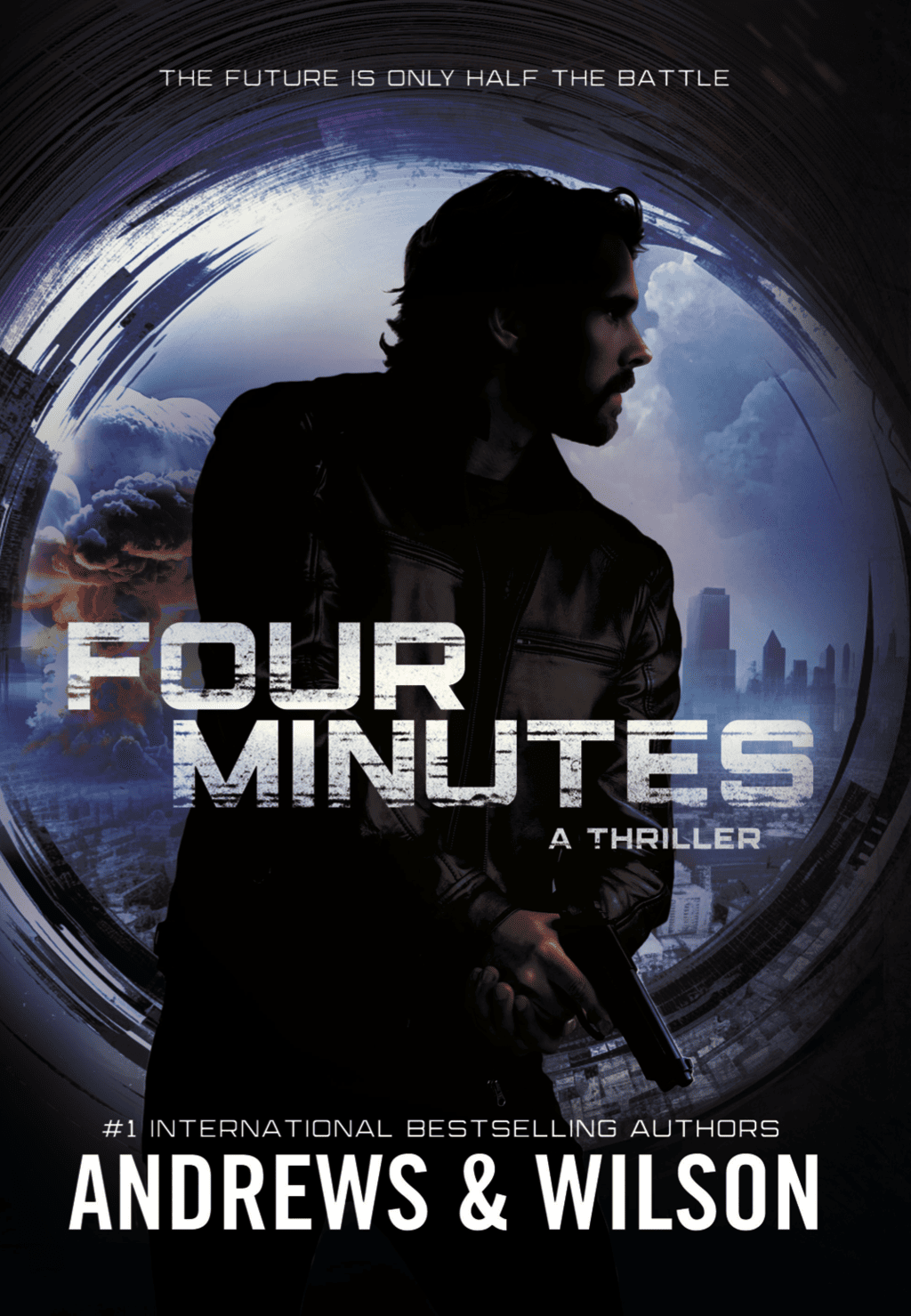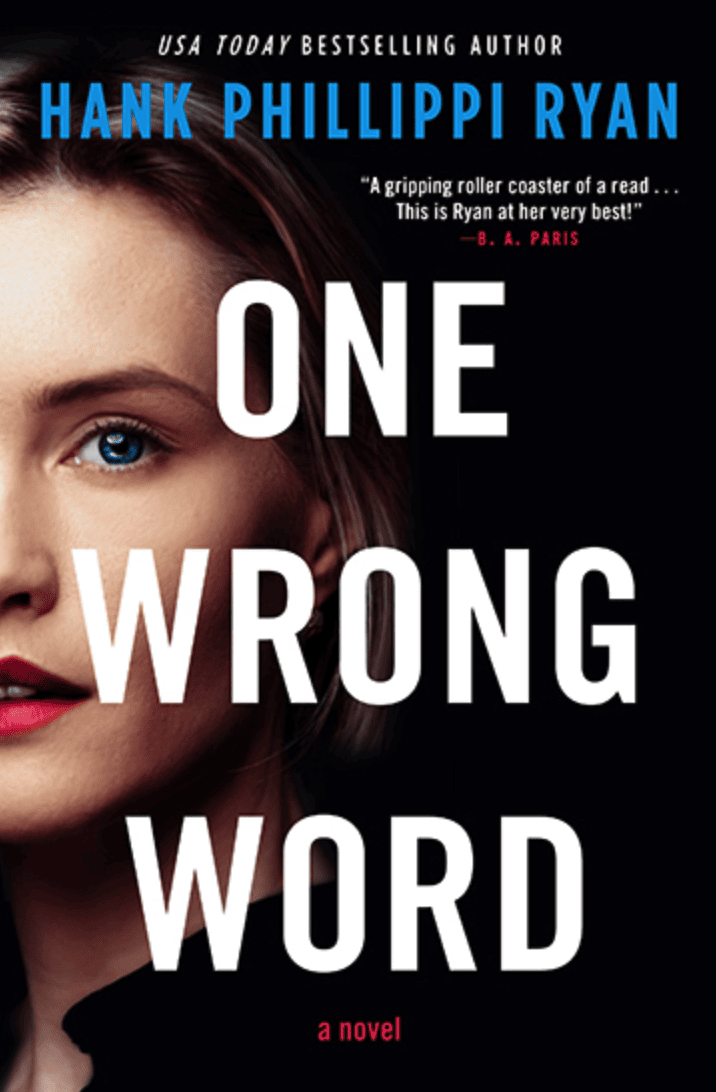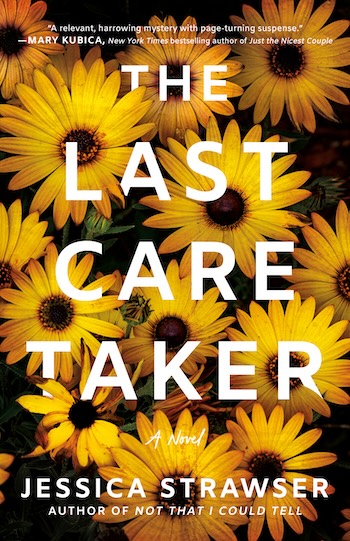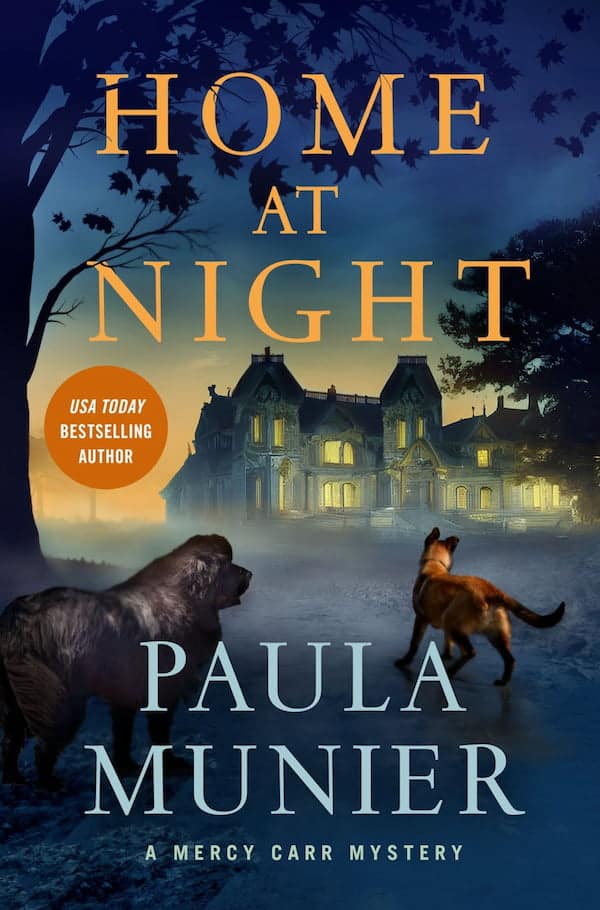Did you hear that? The audio market is on fire, according to our fabulous Dana Isaacson.
Okay, you back from reading? Now. You may not be able to choose your incredibly talented reader, or read it yourself. And now you know someone else should handle the rights.
But trust me, here’s what you can do on your own.
Career authors can make their books into better audiobooks—by thinking like a listener instead of a reader.
Think about the process of reading a book-book. You open the cover, you look at the physical page, read it, then turn the page, read it, and turn the page. If you forget someone’s name, or get distracted, or can’t remember the setting, or relationship, you just turn the page back and back and back until you find it. If you lose your place, how often have you said: Oh, it’s the last page of chapter 10, that’s where the clue was given. I’ll go back and check that.
But once you punch the CD on, or start the tape or digital version, then put your car in gear and drive down the highway, there’s no turning back, no turning pages, no visualizing the page you’re looking for. The book itself is advancing the story, relentlessly and unstoppably, and unless you stop, rewind, listen again, and then fast forward again to where you were, you are in irretrievably IN the book.
If you as the author don’t realize the potential for confusing your reader, you will lose them because of the built-in technology of the audiobook.
Here’s how to ground your readers so that the audiobook presents your story in the best way.
Ask: Where am I?
Ground the reader in setting. Because it is audio, the reader must work harder to envision where the action is taking place. So at the very beginning of every new chapter, and every new scene, make sure the reader knows where they are. The setting, the place, the specific situation.
“When I got back to my office,” not “When I got back.”
“When the plane landed in Cincinnati,” not “When the plane landed.”
“Meanwhile, back at the ranch,” not “Meanwhile.”
Ask: When is this?
Remember, the reader needs to know—instantly—exactly where they are in time and space and chronology.
“Later that Tuesday morning,” not “Later.”
“Two weeks later, he had finally made a decision,” not “He’d finally.”
“The next day, back at the ranch,” not “Back at the ranch.”
Ask: Who is talking?
Say a chapter or paragraph begins with dialogue, as in: “Close that window and draw the drapes, or I will kill you!” said Sally. That takes the reader three or four seconds—a long time!—to figure out that Sally is talking.
Why not say: “Sally yanked open the door and raised her voice as loud as she could. Close that window and draw the drapes, or I will kill you!”
As soon as the reader hears the word Sally, they will envision Sally. In a book-book, your peripheral vision can dart ahead to see the name Sally, but there’s no peripheral vision in an audiobook.
Also: At the beginning of chapter and scene, let the reader know who’s point of view you’re in.
“When Jack entered the room,” not “When he.”
“Jennifer stared over the wide sandy beach, searching for little Aubrey.” Not “The wide sandy beach stretched out before her, and Jennifer…”
Ask: What’s going on?
How often have you flipped back to pages in your book just to catch up on the action? Maybe you fell asleep in the middle of it the night before? It is very difficult to do that in an audiobook, so make sure the reader is clear on the situation.
Sometimes, if your story is complicated, you’ll need to have a tiny recap of the situation or action, so readers do not lose their place. Remember, the reader may not be listening to the audio straight through, just as they do with a book-book. But on a long road trip, for instance, they might! So keep the synopsis summary short, but remind the reader what’s going on.
You probably do this in your books anyway, but it is all the more important in audio.
And! Not this:
Had it been just two weeks since the murder? Driving his rental car on the unfamiliar side of the Coventry Road, Kevin thought back over all he had seen, the missing vicar, the discovery of the church birth record books, the constable’s perplexing insistence on darkness. He really needed to find Felicia, but no one had heard from her for two days. When he arrived at her ivy-covered cottage, he saw a package, wrapped in brown paper and tied with string, on her front steps.
But this:
Kevin drove his rental car on the unfamiliar side of the Coventry Road, trying to calculate whether it had been only two weeks since the murder. He thought back over all he had seen, the missing vicar, the discovery of the church birth record books, the constable’s perplexing insistence on darkness. He really needed to find Felicia, but no one had heard from her for two days. When he arrived at her ivy-covered cottage, he saw a package on her front steps. It was wrapped in brown paper and tied with string.
From time to time, especially in an audiobook, such a recap will ground your readers in the story again, and have them say, “Oh, right!” Instead of “Wait a minute… I forgot what happened.”
Ask: What does it sound like?
It seems time-consuming, and frankly, it is. But if you read your book out loud you will hear all the things that will drive an audio reader crazy. You will hear your repetitive rhythms, your crutch words, your inadvertent rhymes, and your repetition. You will hear that you use the word flicker or daunted or façade or prosaic—whatever word has caught your writing fancy recently—over and over.
Envisioning—or enhearing—how your readers listen to your book can change how you write it.
Your goal, as always, is to make your writing so clear and vivid that readers will say, “Oh, I can just picture that!” But in an audiobook, you need to make sure you’re not taking shortcuts that confuse that picture.
Do you listen to audiobooks? What drives you crazy? Let’s chat on the Career Author’s Facebook page.
